Laying Out Your Food Plots - Part I
 You like the idea of more and bigger deer on your property, and you’ve become convinced that food plots can help get you there. You’re ready to commit the time and resources necessary to get into an agricultural-based food-source management program, the kind that’ll significantly enhance the nutritional plane of the property, not just attract deer to a field. In short, you’re ready to start “farming for deer” so you can get the most from your land, investment and deer hunting. Now what?
You like the idea of more and bigger deer on your property, and you’ve become convinced that food plots can help get you there. You’re ready to commit the time and resources necessary to get into an agricultural-based food-source management program, the kind that’ll significantly enhance the nutritional plane of the property, not just attract deer to a field. In short, you’re ready to start “farming for deer” so you can get the most from your land, investment and deer hunting. Now what?
If you’re like most folks starting out in a serious food-plot program, you need answers to some key questions. For instance, how many acres do you need in plots? What’s the right number of plots? How big should they be? Where do you put them? In this article, we’ll try to answer these and other questions about laying out food plots. First, I want to be sure we’re all on the same page.
RESOURCES AND GOALS
To start with, everything we’re going to discuss assumes a serious agricultural-based food-source program designed to significantly increase the nutritional plane of a property. And, when discussing deer numbers, we’re only interested in carrying deer in prime condition, not just in running up densities.
Any management program has to start with an evaluation of what you have to work with and what you’re trying to achieve. Since we’ve covered this before, suffice to say that you must take a hard look at your available resources – land (including neighbors), deer herd, money, time, expertise, equipment, personnel, etc. After a thorough evaluation of the resources, noting both the pros and cons, set realistic goals. Then, you’re ready to employ food plots to help accomplish your goals … once you’ve got food plot strategy.
TWO KINDS OF FOOD PLOTS
As previously discussed, there are two kinds of food plots – warm season and cool season. Warm-season plots, usually high-protein legumes, are intended to provide the protein needed for growth during the spring and summer months. These plots are the heart of a nutritional program, and their sole purpose is to provide nutrition. Cool-season plots, typically winter grains mixed with clovers, are aimed at providing energy (carbohydrates) during the demanding fall and winter so deer can maintain good body condition. These plots often have the added benefit of being prime concentration points for deer during hunting season.
In much of the South, East and Midwest, food plots can be double-cropped, meaning both cool-season and warm-season crops can be planted in the same field. In snow country, however, cool-season options are limited and supplemental feeding (i.e., corn, small grains, etc.) may be necessary to provide winter energy. In arid locales, such as South Texas, both warm and cool-season crops are possible but the lack of moisture precludes planting both in the same field. Yet, in both of the cases cited, the total acreage requirements don’t change much. That’s easy enough to understand in the north where the absence of half a double-crop (cool-season) doesn’t alter the acreage requirements for the other half. In South Texas, however, logic says that not being able to double-crop should mean that acreage has to increase. But because of the region’s highly productive habitat and warm winters, total acreage requirements under a single-crop regime don’t increase much over areas where double-cropping is possible. So, unless otherwise noted, this discussion will assume double-cropping.
RULES OF THUMB
We’ll be calling upon certain “rules of thumb” to help guide decisions. These generalizations are based on years of research, mainly on WHITETAIL’s Fort Perry, Georgia’s Burnt Pine Plantation and Texas’ El Tecomate Ranch, where the best crops for the locale are chosen and sound farming practices are employed. Certainly, each situation is different, but these rules of thumb are good places to start, assuming similar crops and farming techniques. Special circumstances in a given local should be obvious enough to make it clear when changes in these guiding assumptions are necessary.
LAYING OUT FOOD PLOTS
How Many Total Acres In Food Plots?
The acreage needed in food plots depends largely on how many deer you want to carry. Both Fort Perry and Gary Schwarz’s El Tecomate support 3.5 deer per acre of food plot, but both programs intensively farm and include a supplemental “safety net.” A reasonable across-the-board rule of thumb with a bit of a cushion is, an acre of food plot will support about three deer. It has become increasingly apparent that this number is tied more to the warm-season crop than the cool-season, but without the cool-season support, that number definitely falls off. Using three deer per acre of food plot, determining how many acres of plots you need is simple once you’ve established your deer density goal. For instance, say you want to carry 100 deer on 1,000 acres (a deer per 10 acres). Just divide 100 by 3, and you’ll find that 33 acres of food plots will meet your needs.
You can come at this from the opposite direction. If you know the acreage of food plots you’re willing or able to put in, then you can determine how many deer you can support. Just multiply the number of acres by three to reach the density target.
We can even determine what percentage of the total acreage needs to be in food plots to achieve specific density levels. After determining the acreage needed to support the desired deer density, simply divide that figure by the total property acreage. For instance, say we want to carry 200 deer on 1,000 acres (a deer per five acres), divide 200 by 3, which tells us we need 67 acres in plots. Then, divide 67 by 1,000 acres to
determine the percentage, i.e., 6.7 percent. Using this procedure, we come up with the following rules of thumb: 6.7 percent of the total acreage in food plots should support a deer per 5 acres; 3.3 percent should carry a deer per 10 acres; 2.2 percent, a deer per 15 acres; 1.7 percent, a deer per 20 acres.
Obviously, this math only works when applied to a reasonable size land base (where the herd is largely contained on the property) with adequate habitat and good farming practices. And, the plot/density math can only be taken so far. After all, the land will support only so many deer without suffering habitat degradation of some sort. Anytime density exceeds a deer per 10 acres, you had better be monitoring the natural habitat for signs for damage.
A note on cool-season plantings. Where double-cropping is feasible, many managers plant as many acres of cool-season plots as warm. I don’t think you need that much in cool-season plots. From what Gary Schwarz has been able to determine on El Tecomate Ranch and from my own observations, a good rule of thumb seems to be that the acreage for winter plots can be about 60 to 70 percent of that for the vital warm-season plantings. More certainly doesn’t hurt anything but the pocketbook, unless it somehow curtails warm-season production. Many managers add various clovers to their cool-season plantings to meet early protein needs in the late winter/early spring before the warm-season crops come onboard.
Posted by David Morris
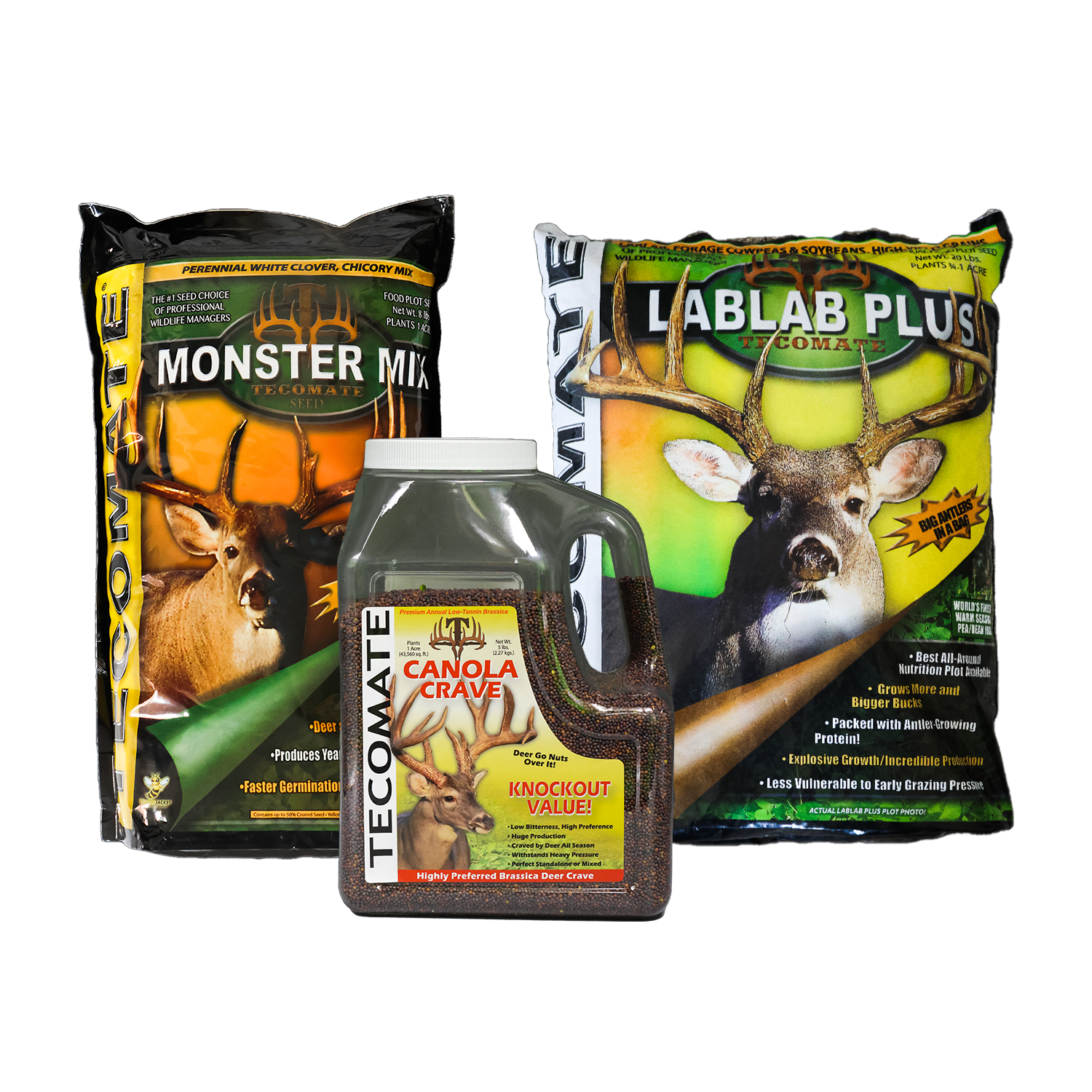
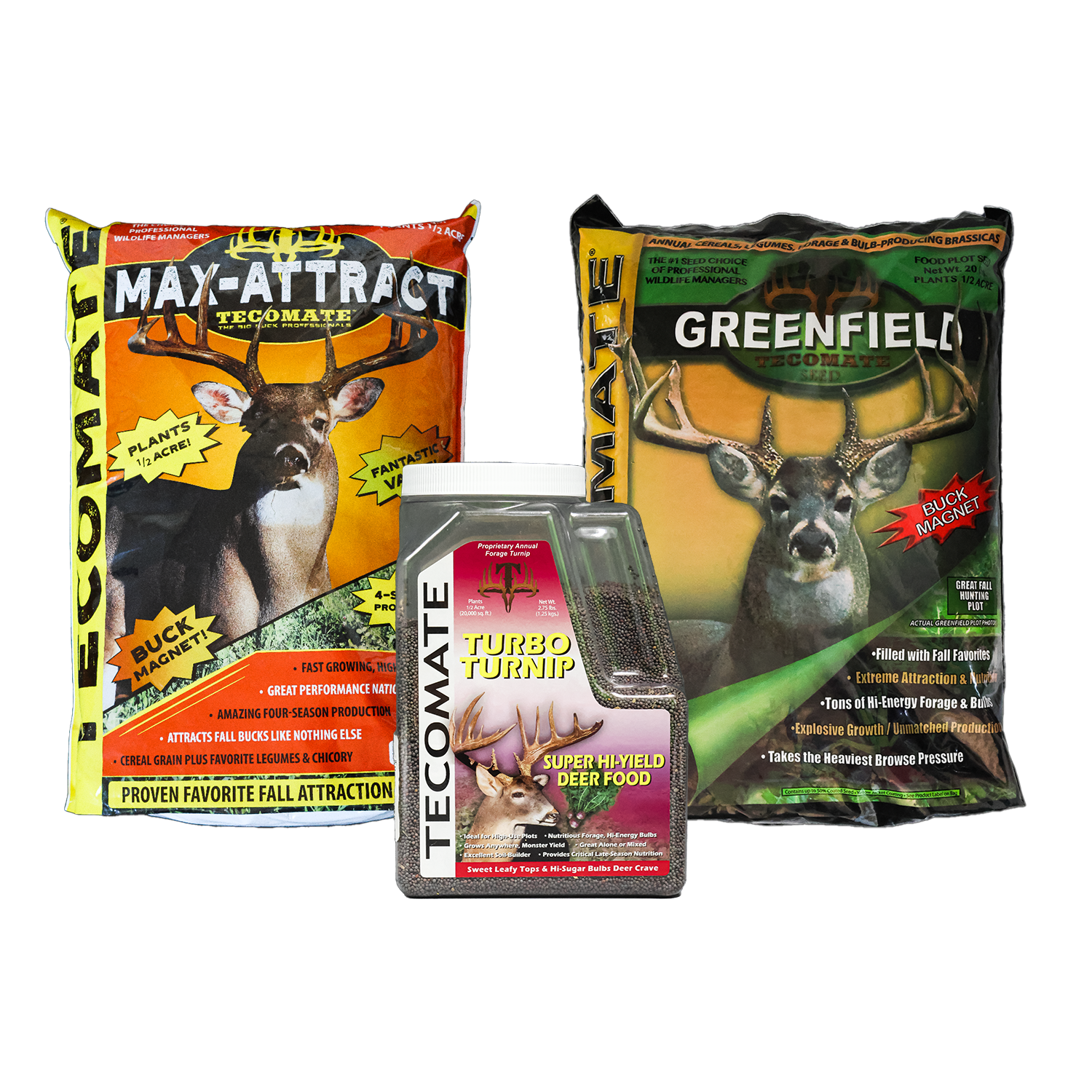
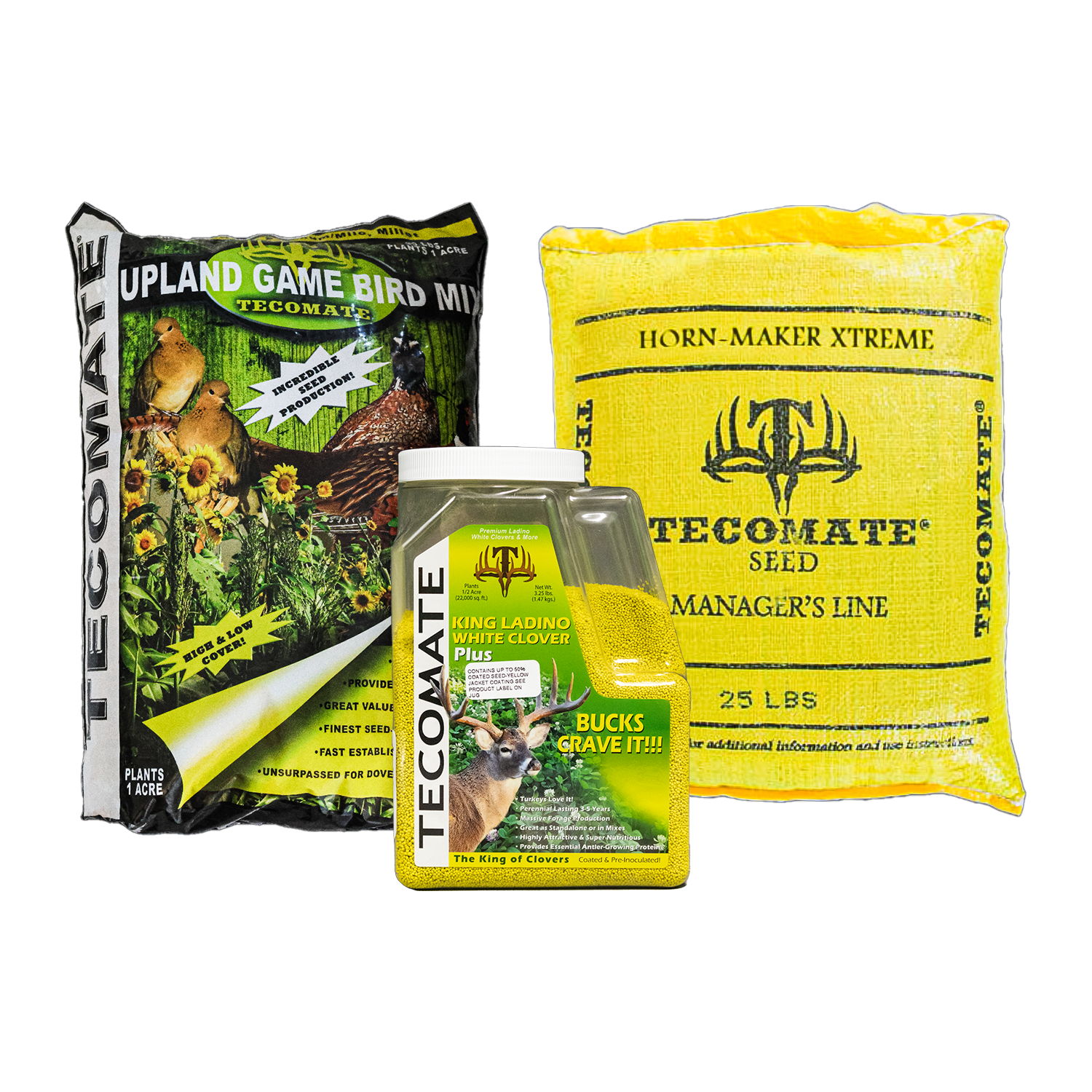
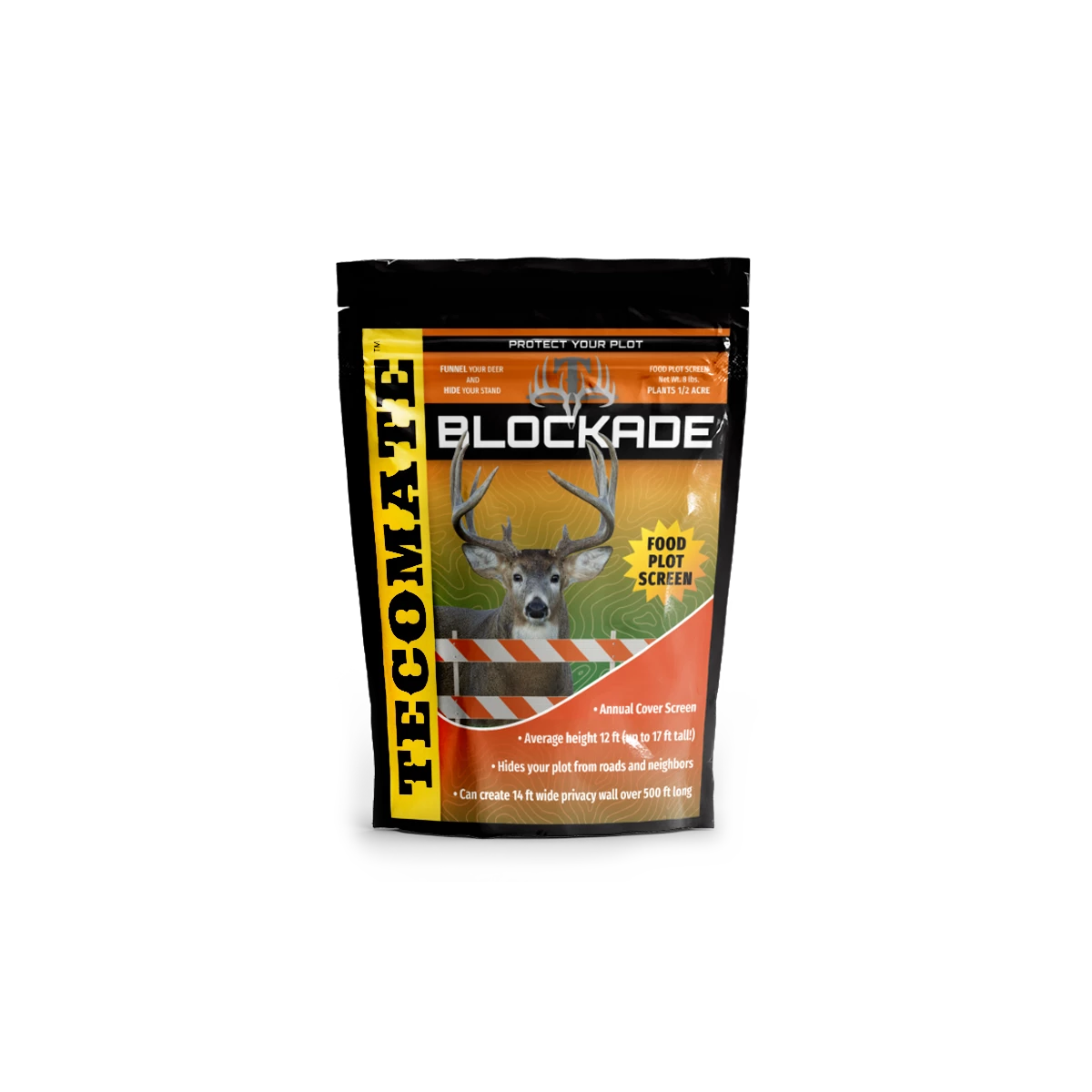
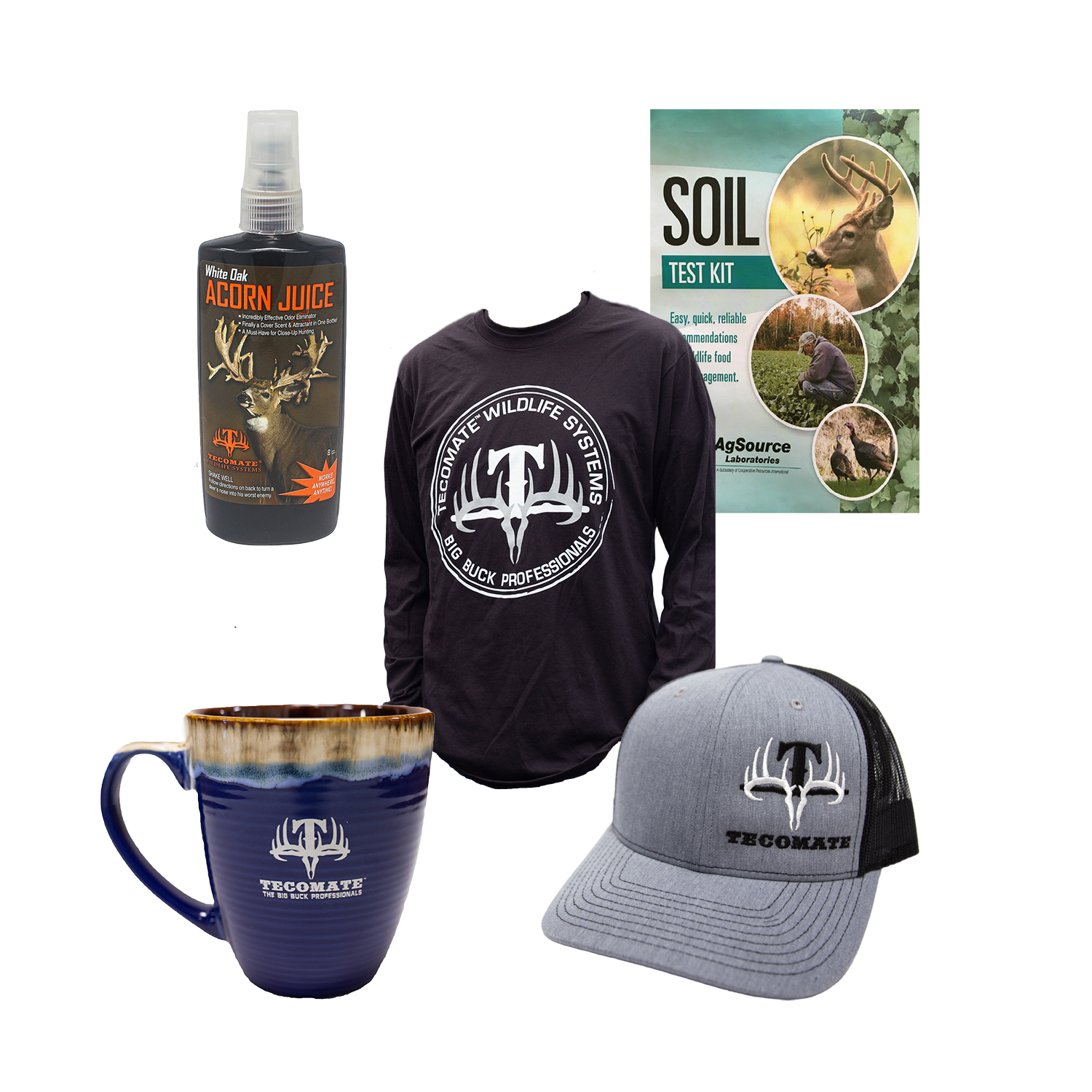
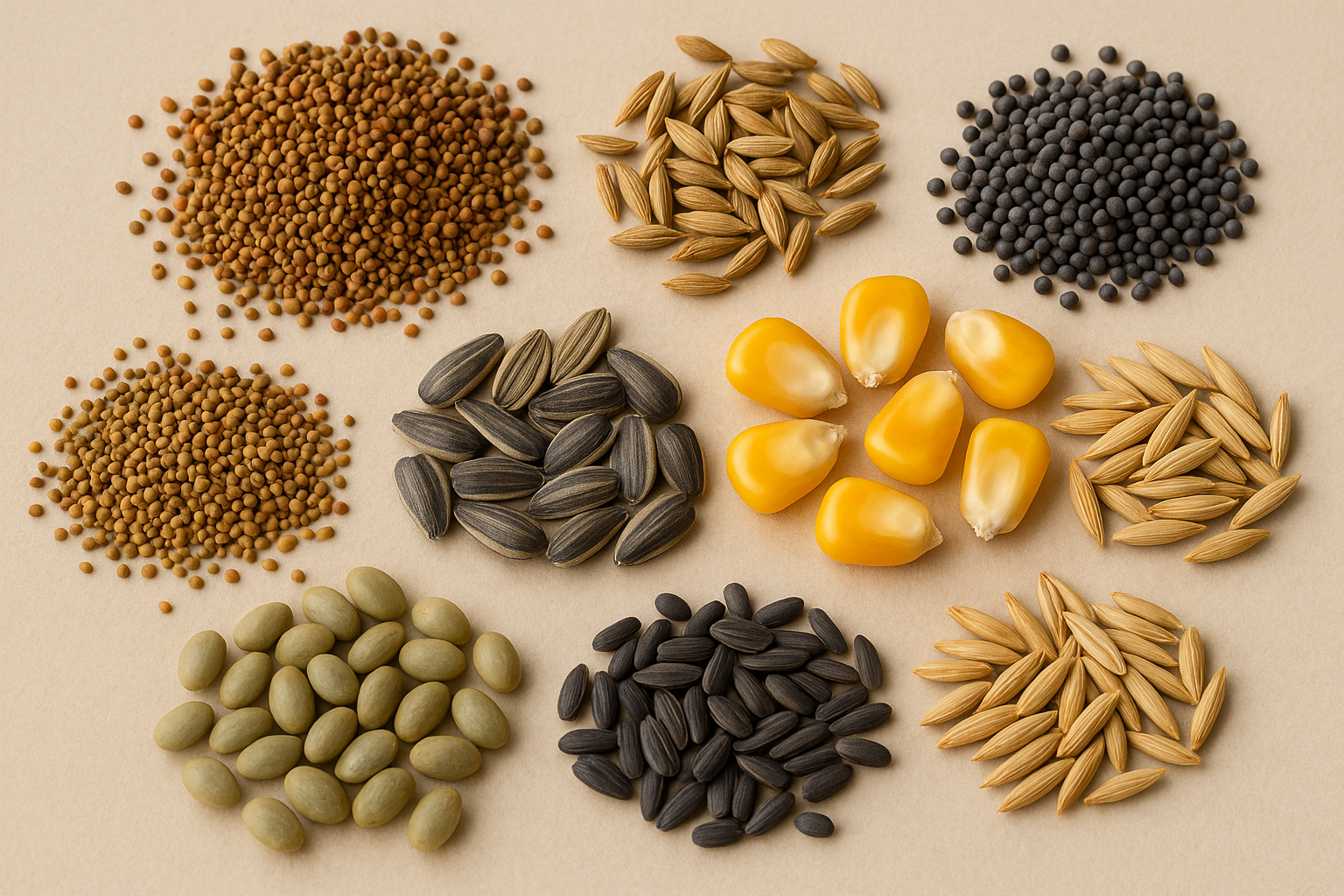
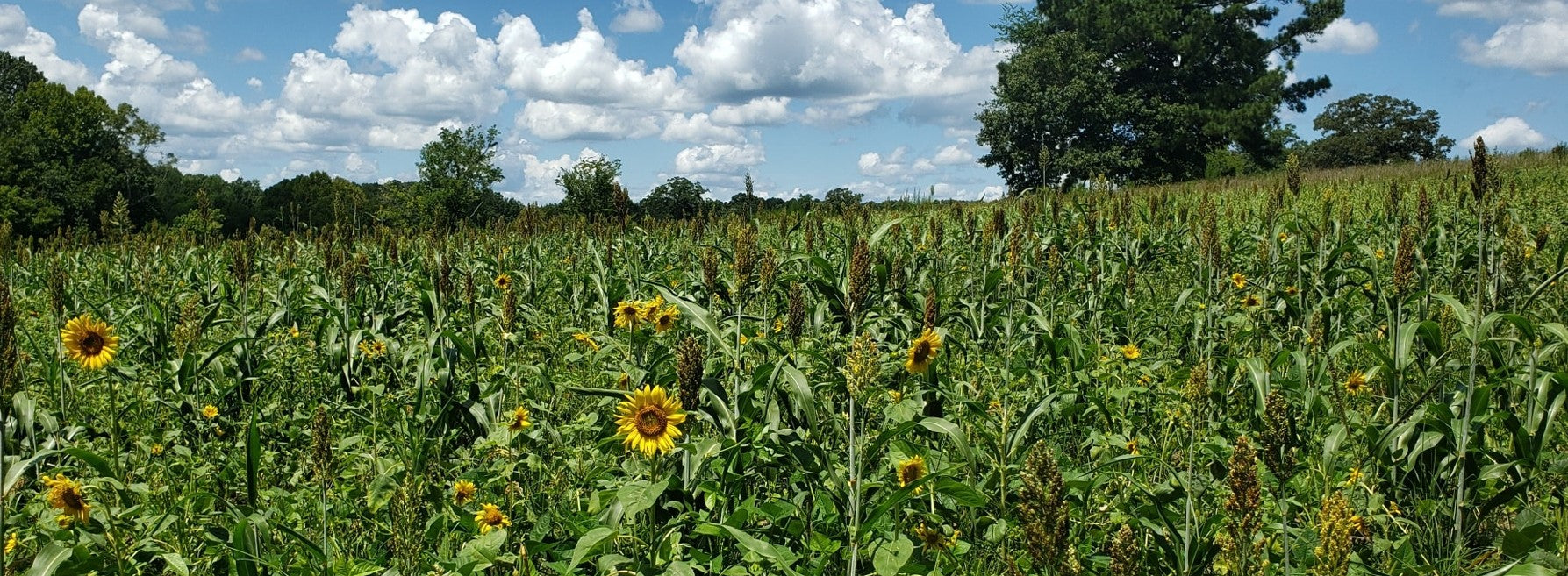
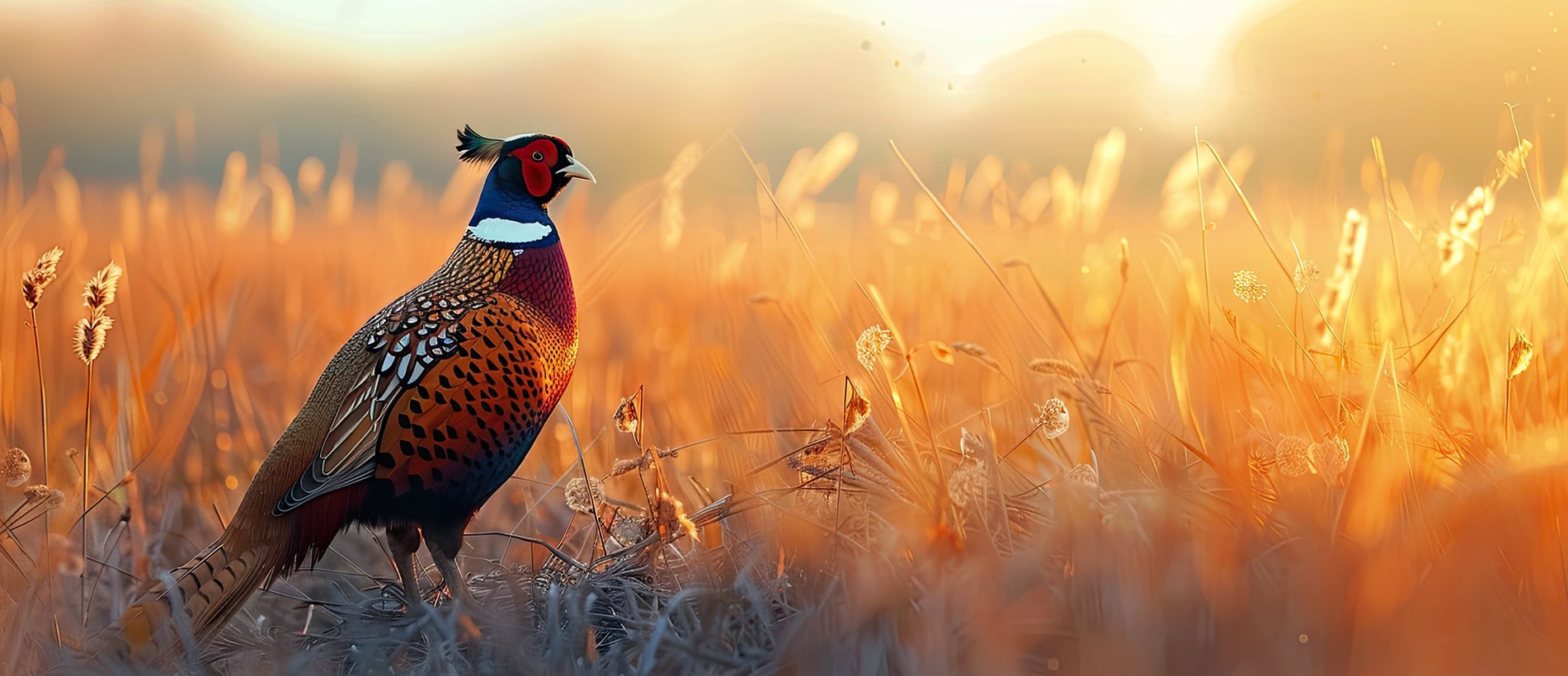

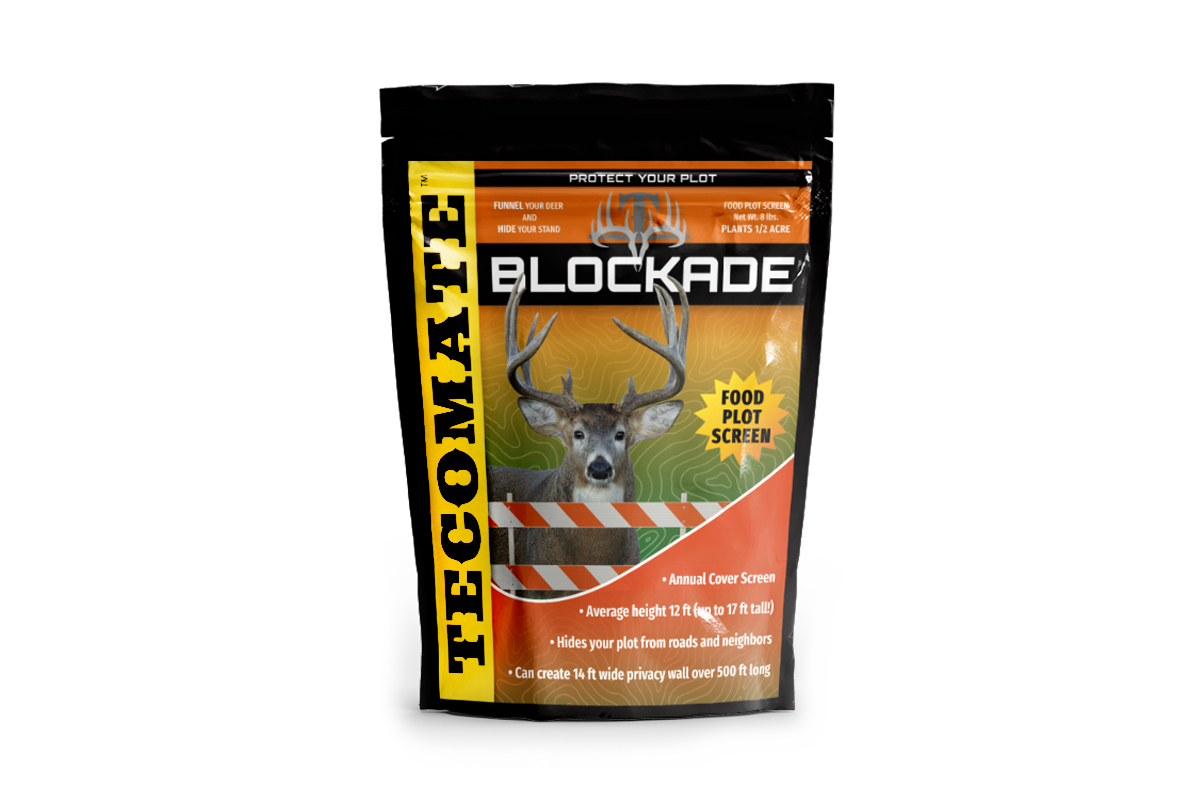

If I got 3800 acres how many food plots need, how Big plots need be. So rounded by corn field bean fields.
Leave a comment